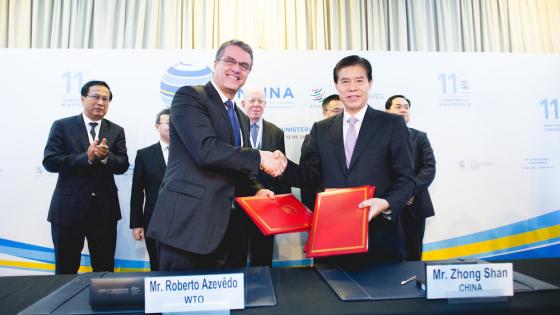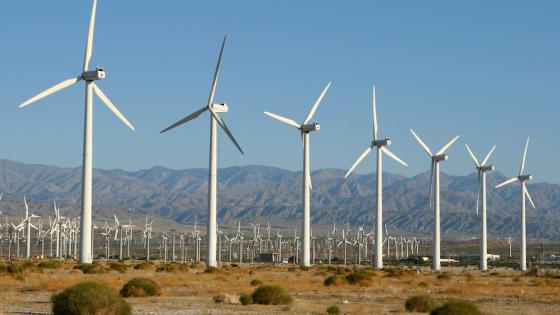DP9869 Barriers to Trade in Environmental Goods and Environmental Services: How Important Are They? How Much Progress at Reducing Them?
Barriers to trade in Environmental Goods (EGs) and Environmental Services (ESs) are documented for a large sample of countries and compared with barriers to trade in other goods and other services. Some progress at reduction in barriers has occurred at the national, regional and sectoral levels but not at the multilateral level where countries have been unable to agree on an approach to reduce barriers to trade. For EGs, tariffs and NTBs are highest for low-income countries and low for high-income countries. First-order estimates of the import response to a 50% reduction in tariffs for low-income countries suggest an increase in imports of around 4%. For ESs, estimates draw on the comparison of an Environment Services Liberalization index calculated across modes and services sub-sectors. The limitations of this ordinal index coupled with the inadequacy of the UN CPC list where services are defined in an exclusionary manner so that they cannot appear on two lists, casts greater uncertainty as to the informational content of the commitment measures presented here which, at best, indicate bindings on market access and national treatment rather than actual policies. It would appear nonetheless that at least as great, and probably greater commitments took place in the environmental sectors (as defined by the CPC) both multilaterally and regionally than for ?other? services with the same pattern across income groups: greater commitments observed for HIC than for MICs and LICs although it is widely recognized that GATS commitments by HICs largely amounted to consolidated members? unilateral services policies. North-South Regional Trade Agreements resulted mostly in commitments by the Southern partners indicating greater prospects for reducing barriers to trade in a regional than in a multilateral context.


